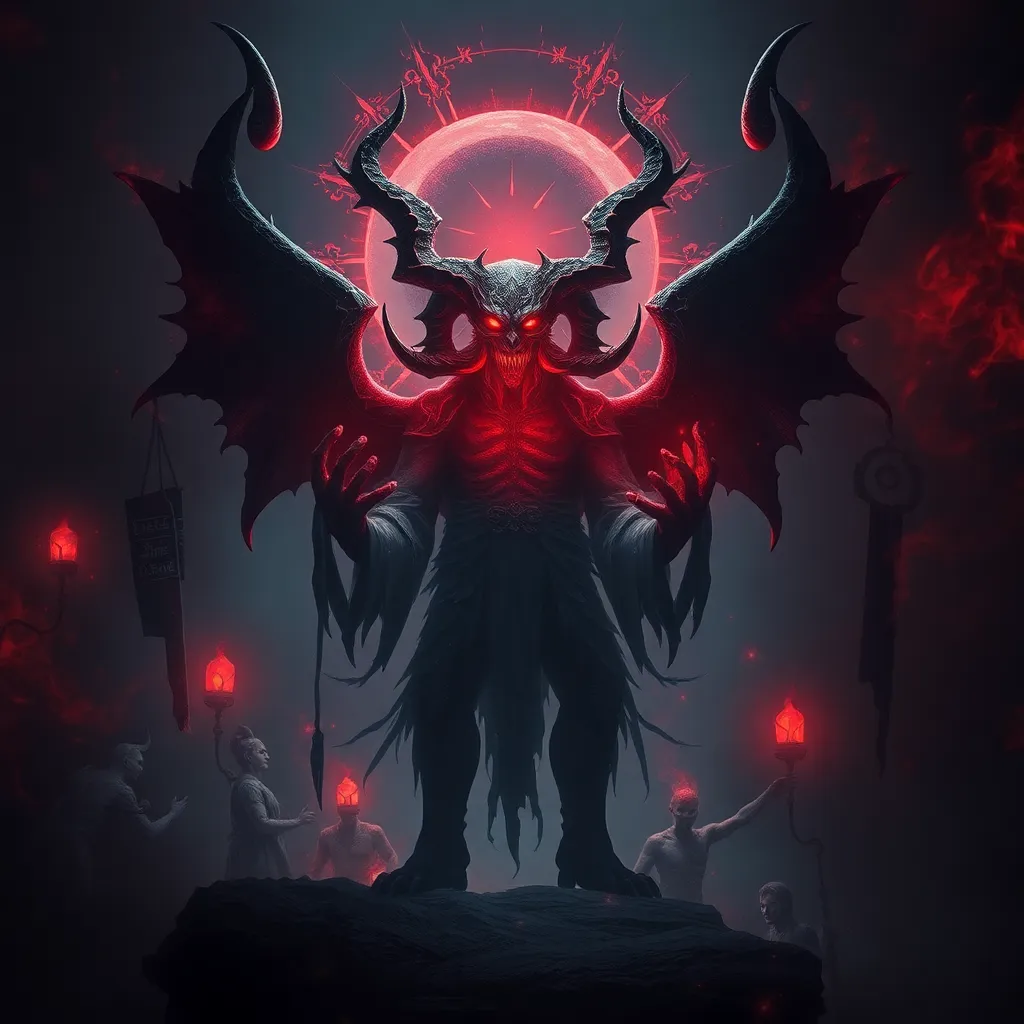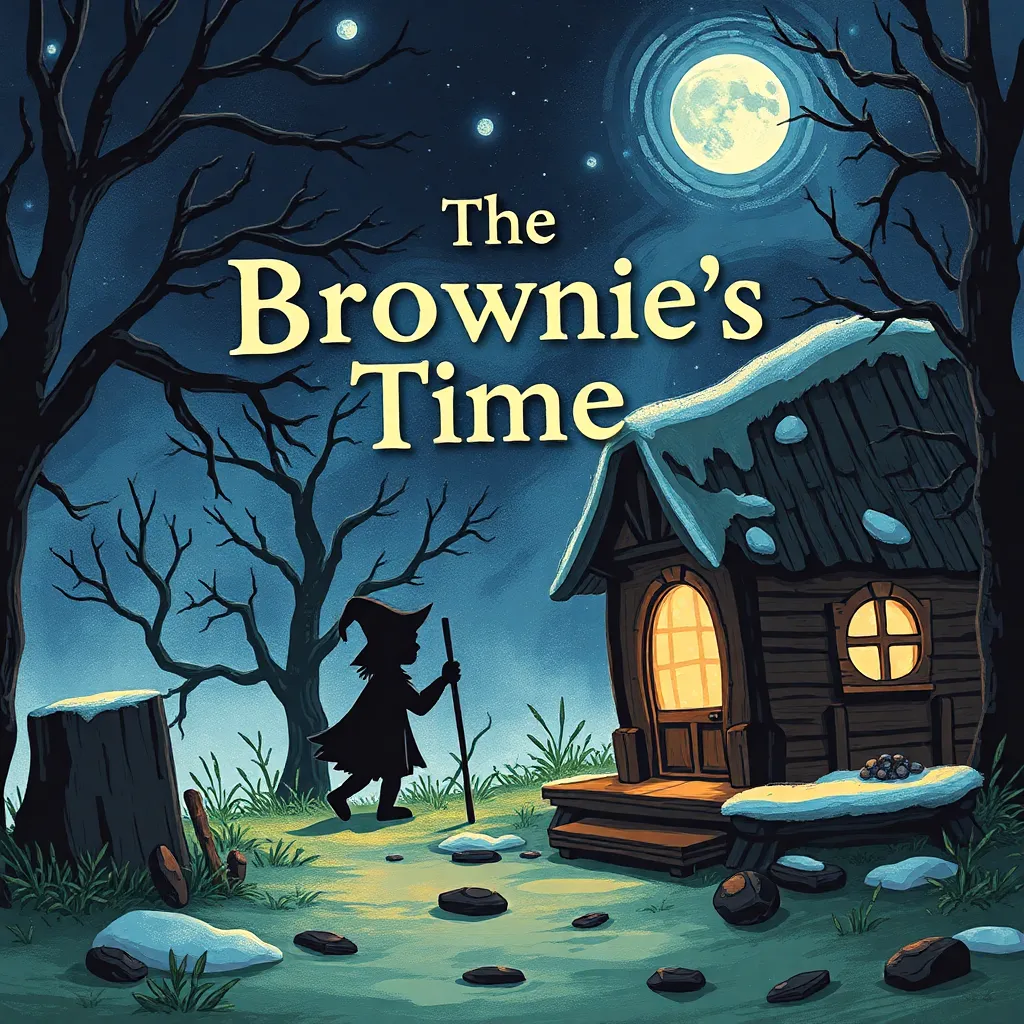From Myth to Monster: Tracing the Kraken’s Evolution in Literature and Cinema
I. Introduction
The Kraken, a legendary sea monster resembling a giant octopus or squid, has captured the imagination of people for centuries. Defined as a creature that dwells off the coasts of Norway and Greenland, the Kraken is often depicted as a beast capable of dragging entire ships and their crews to the depths of the ocean. Its significance in maritime folklore cannot be overstated, as it embodies the fears and mysteries of the vast and uncharted waters.
This article aims to trace the evolution of the Kraken from its mythical origins to its modern representations in literature and cinema. We will explore how this creature has transformed over time, reflecting cultural fears, artistic expression, and technological advancements in storytelling.
II. The Origins of the Kraken Myth
The origins of the Kraken myth can be traced back to historical accounts and early references that have intrigued researchers for years. Sailors’ tales, often exaggerated and embellished, played a crucial role in the development of the Kraken myth.
A. Historical accounts and early references
The first known mention of the Kraken dates back to the 1700s, although earlier references to similar sea monsters can be found in various texts. One notable account is that of Francesco Negri, a priest who described a large sea creature in the late 17th century.
B. The Kraken in Scandinavian folklore
In Scandinavian folklore, the Kraken is depicted as a massive creature lurking off the coasts, capable of rising from the depths to ensnare ships. These tales were often told by sailors who claimed to have encountered the creature during their voyages.
C. Influence of sailors’ tales on myth development
The recounting of sailors’ experiences and encounters with strange sea creatures contributed significantly to the Kraken’s mythos. As these stories circulated, they evolved, taking on new characteristics and attributes, further embedding the Kraken into the collective maritime consciousness.
III. The Kraken in Early Literature
The Kraken’s portrayal in early literature, particularly during the 19th century, solidified its place in the cultural imagination.
A. Examination of 19th-century literary works
One of the most notable works featuring the Kraken is Edgar Allan Poe’s “The Narrative of Arthur Gordon Pym,” published in 1838. In this tale, the protagonist encounters a mysterious sea creature, which can be interpreted as an early depiction of the Kraken.
1. “The Narrative of Arthur Gordon Pym” by Edgar Allan Poe
Poe’s narrative weaves together elements of adventure and horror, with the Kraken serving as a symbol of the unknown lurking beneath the surface of the ocean.
2. Other notable mentions
- Alfred Lord Tennyson’s poem “The Kraken,” which portrays the creature as a colossal beast sleeping in the depths.
- Jules Verne’s “The Mysterious Island,” where the Kraken is referenced, connecting it to the themes of exploration and adventure.
B. The Kraken’s portrayal as a fearsome sea creature
In these literary works, the Kraken is often depicted as a fearsome creature, instilling terror in the hearts of sailors. This representation highlights humanity’s fear of the unknown and the dangers of the ocean.
IV. The Kraken in 20th Century Cinema
The depiction of the Kraken transitioned into the realm of cinema in the 20th century, leading to some iconic representations.
A. First cinematic representations of the Kraken
The Kraken first appeared on screen in the 1963 film “Jason and the Argonauts,” which showcased groundbreaking special effects for its time.
B. Analysis of iconic films featuring the Kraken
- “Jason and the Argonauts” (1963) – This film featured a memorable stop-motion animation sequence showcasing the Kraken as a formidable foe for the heroes.
- “Clash of the Titans” (1981 and 2010) – Both versions of this film presented the Kraken as a central antagonist, further popularizing its image as a monstrous sea creature.
C. Evolution of special effects and its impact on Kraken’s depiction
As special effects technology advanced, so did the visual representation of the Kraken. The transition from practical effects to CGI enabled filmmakers to create more dynamic and realistic portrayals of this legendary creature.
V. The Kraken in Modern Literature
In contemporary literature, the Kraken has been reimagined and reinterpreted in various ways, reflecting current societal themes and concerns.
A. Contemporary novels and their interpretations of the Kraken
Modern authors have taken creative liberties with the Kraken, exploring its symbolism and significance in today’s world.
B. The Kraken as a metaphor in modern storytelling
The Kraken often serves as a metaphor for the unknown, representing fears of the ocean and the natural world. This has led to a deeper exploration of humanity’s relationship with nature.
C. Notable authors who have reimagined the Kraken
- China Miéville in “The Kraken,” where the creature is a central figure in a complex narrative filled with fantasy elements.
- J.K. Rowling in “Fantastic Beasts and Where to Find Them,” where the Kraken is presented as an enigmatic creature within the magical world.
VI. The Kraken in Recent Cinema and Popular Culture
In recent years, the Kraken has made a significant resurgence in films and popular culture, continuing to capture the public’s imagination.
A. Exploration of the Kraken in recent films and TV shows
- “Pirates of the Caribbean” series – The Kraken plays a pivotal role in “Dead Man’s Chest,” showcasing its terrifying abilities and cementing its status as a modern cinematic icon.
- “The Sea Beast” (2022) – This animated film presents a new take on the Kraken, blending adventure with themes of bravery and friendship.
B. The Kraken’s resurgence in video games and other media
Video games have also embraced the Kraken, often using it as a formidable foe in titles such as “Sea of Thieves” and “Assassin’s Creed IV: Black Flag,” allowing players to engage with this legendary creature in interactive ways.
VII. Cultural Impact and Symbolism of the Kraken
The Kraken has transcended its mythological roots to become a cultural icon representing various themes and issues.
A. The Kraken as a symbol of the unknown and fear of the ocean
The Kraken embodies humanity’s fear of the unknown, particularly the vastness of the ocean and the mysteries it holds. This symbolism resonates in discussions about exploration and environmental conservation.
B. The role of the Kraken in discussions about environmental issues
As concerns about ocean health and conservation grow, the Kraken has emerged as a symbol of the need to protect marine ecosystems, highlighting the consequences of human actions on the natural world.
C. The Kraken as a cultural icon in merchandise and branding
The Kraken’s image is often utilized in merchandise, from clothing to beverages, showcasing its status as a cultural icon. Brands leverage its mysterious allure to attract consumers.
VIII. Conclusion
Tracing the Kraken’s journey from myth to modern monster reveals its enduring legacy in literature and cinema. As a reflection of cultural fears and societal issues, the Kraken continues to evolve, adapting to the times while retaining its mysterious essence. The ongoing evolution of mythological creatures like the Kraken in media underscores the power of storytelling and its ability to resonate with audiences across generations.
Ultimately, the Kraken remains a relevant and compelling figure in popular culture, inviting us to explore the depths of our fears and the wonders of the unknown.



